Does Chopping Change Your Vegetables + a Yummy Cookie Recipe
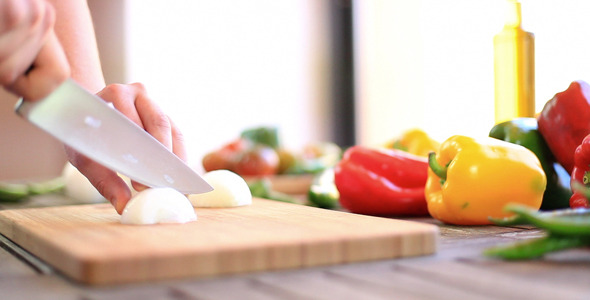
The answer, obviously, is yes: chopping your vegetables, at the most elemental level, changes their shape. But quite a bit of research has been done to understand how slicing and dicing affects both their taste and nutritional value.
For instance, a study published on National Public Radio’s online magazine, The Salt, reported that cutting vegetables can affect both taste and chemical composition. The blunt force of a blade tearing through vegetable fibers releases polyphenol, a chemical compound that gives plants color and protects them from UV radiation.
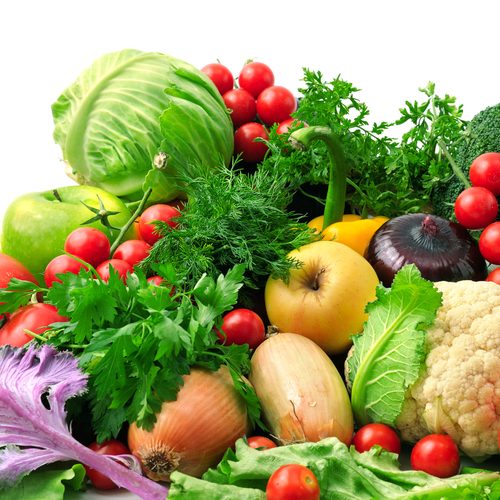
Polyphenols, it turns out, are pretty good for us (they’re a type of antioxidant) and can help decrease internal inflammation.
However, in some foods, the amount of polyphenol produced by chopping is often too small to make a significant difference. Carrots are a good example: Although chopping carrots boosts levels of polyphenol by nearly 200 percent, carrots normally contain very small amounts of these compounds to start with. So, any potential health benefits are almost too inconsequential to consider. The deduction here is that you want to start with a veggie that contains a lot of polyphenols in the first place.
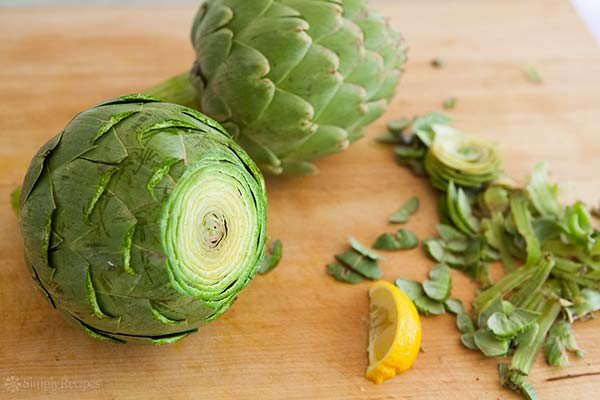
And which vegetables are highest in polyphenols? Artichokes, black and green olives, red and yellow onions, potatoes, red lettuce, asparagus, endive, spinach, and shallots.
Certain fruits also contain lots of polyphenols: blueberries, black currants, plums, cherries, blackberries, strawberries, raspberries, nectarines, apples, pears, peaches, apricots, and grapes.
So why should you care about polyphenols? They’re health-protectors. They:
• lower cholesterol
• lower blood pressure
• improve artery (endothelial) function
• prevent platelet clumping
• improve arterial flexibility
• improve life span
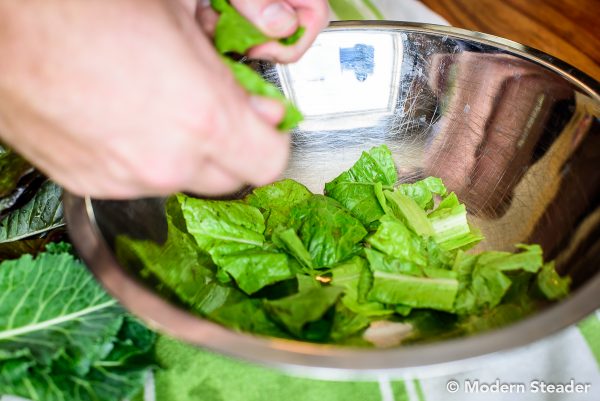
Let’s not forget the greens. We’ve long been taught that ripping greens or herbs is better than taking a knife to them. Ripping protects their taste and texture, so chop other veggies, but not your greens.
So no chopping greens, but how about carrots and other root vegetables? Turns out, according to the latest research, that the finer you chop (or even shred) them, the sweeter and fresher they taste.
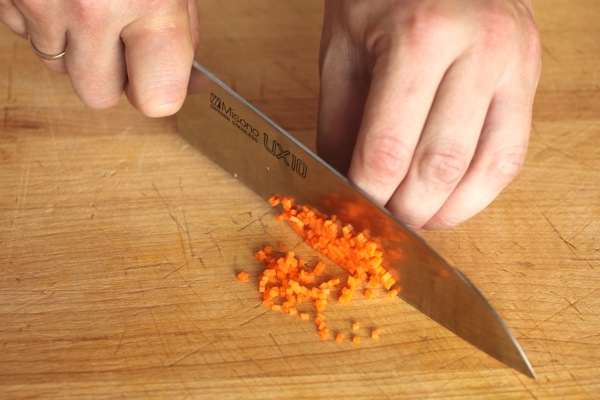
Christopher Kimball, former host of America’s Test Kitchen, explains that “When root vegetables are cut, their cells rupture and release sugars and volatile hydrocarbons, the sources of the vegetables' sweetness and aroma.” In other words, the more cells you rupture, the better the taste.
And one more interesting note regarding carrots: If they’re harvested in the spring and summer, you don’t need to peel before chopping or shredding—just wash them well. Late-season carrots harvested in fall usually have bitter skin, so they benefit from being peeled. But go ahead and taste one first and use your judgment.

To sum up, what did you learn from all this blah blah blah? Well, how about:
Polyphenols are important, we want ‘em in the diet and some veggies and fruits have quite a few.
To release more polyphenols, lots of chopping (or even shredding) will do the trick.
Rip, don’t chop or even cut your greens.
Chop root vegetables fine to make them sweeter.
Spring and summer carrots don’t need to be peeled! (Good to know; this will save some time.)
And as a reward for reading all the way through, how about a delightful and delicious recipe for a cookie that uses finely chopped or shredded carrots? This unusual recipe comes from Alice Medrich, food writer and cook extraordinaire for www.food52.com.
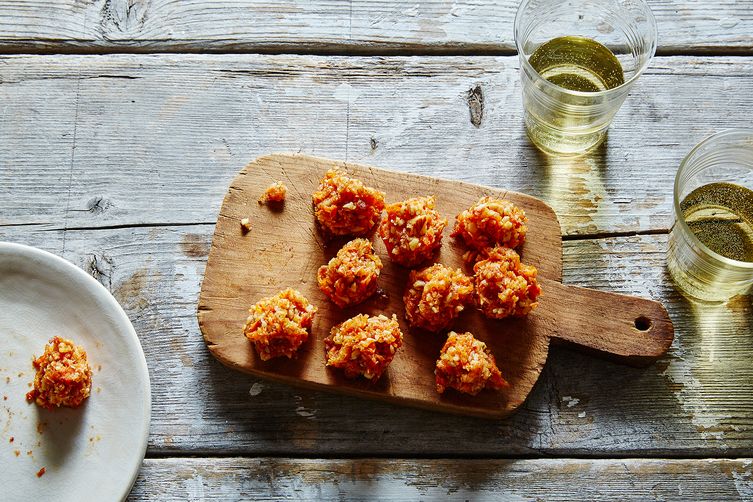
CARROT AND COCONUT MACAROONS (yield: 36 1½-inch cookies)
¾ cup whole almonds, with or without skins
1 small lemon
2 large egg whites
1 cup sugar
1 teaspoon ground garam masala, pumpkin pie spice, or ground cinnamon
1 1/3 cups lightly packed, fine to medium-fine shredded carrot
1 1/3 cups unsweetened dried shredded coconut
¼ teaspoon salt
Preheat the oven to 325° F.
Position racks in the upper and lower thirds of the oven.
In a food processor, pulse the almonds to an uneven meal ranging in texture from very fine (mostly) to finely chopped. Set aside.
Grate half of the zest of the lemon into a medium stainless-steel bowl. Add the egg whites and whisk with a fork until frothy. Stir in the sugar, ground spice, carrot, coconut, and almonds. Stir to moisten all of the ingredients. Set aside for 10 minutes to dissolve the sugar and hydrate the coconut.
Set the bowl directly in a wide skillet of barely simmering water and stir the mixture with a silicone spatula, sweeping the bottom of the bowl often to prevent the egg whites from cooking, until the mixture is very hot to the touch and any liquid on the bottom of the bowl has thickened slightly and turned from translucent to opaque, 5 to 7 minutes.
Drop heaping teaspoons 1 inch apart on parchment-lined cookie sheets. If you like, form tall beehive-shaped cookies with your fingers.
Bake for 20 to 25 minutes, rotating the pans from top to bottom and front to back about halfway through the baking time, until the tips of the carrot shreds begin to color and the bottoms of the cookies look deep golden brown when you turn a corner of the parchment over (without removing the cookie) and look underneath.
Set the pans on racks (or just slide the liners from the pans onto the racks). Let the cookies cool completely before storing.
To remove the cookies from the parchment, hold one cookie at a time while gently peeling the parchment away from it. Cookies keep for 3 to 4 days, loosely covered to prevent sogginess, rather than airtight. Do not freeze.
- www.food52.com
- www.videohive.net
- www.pinterest.com
- www.simplyrecipes.com
- www.modernsteader.com
- www.seriouseats.com
- www.wordfromthewell.com
 Alice Osborne
Alice Osborne
Weekly Newsletter Contributor since 2006
Email the author! alice@dvo.com
